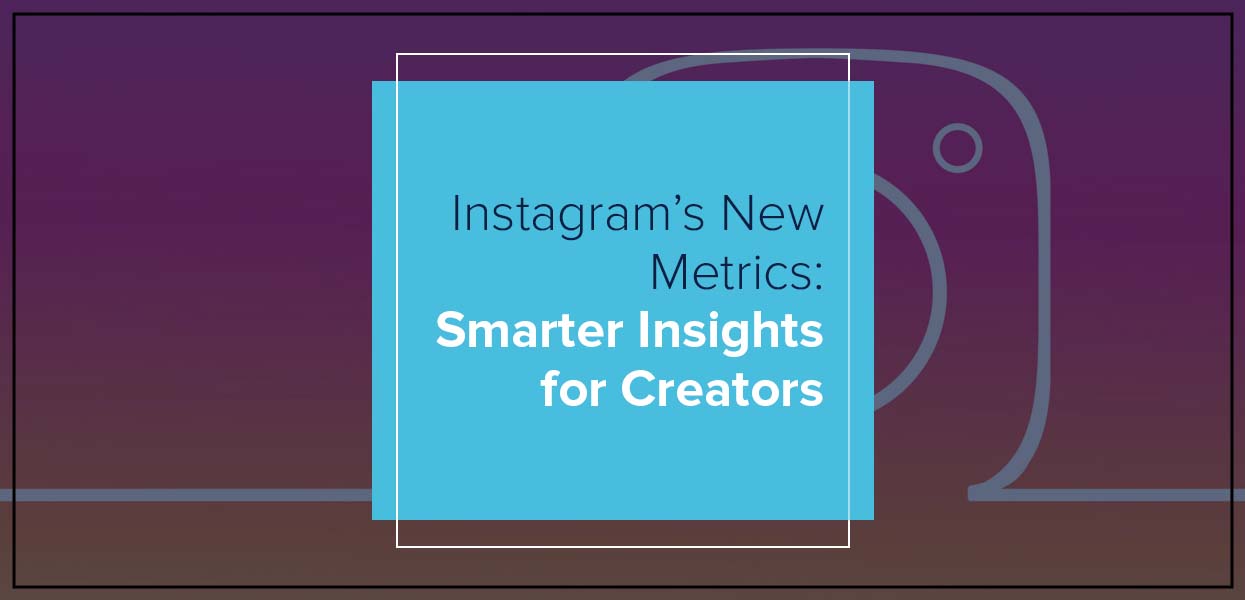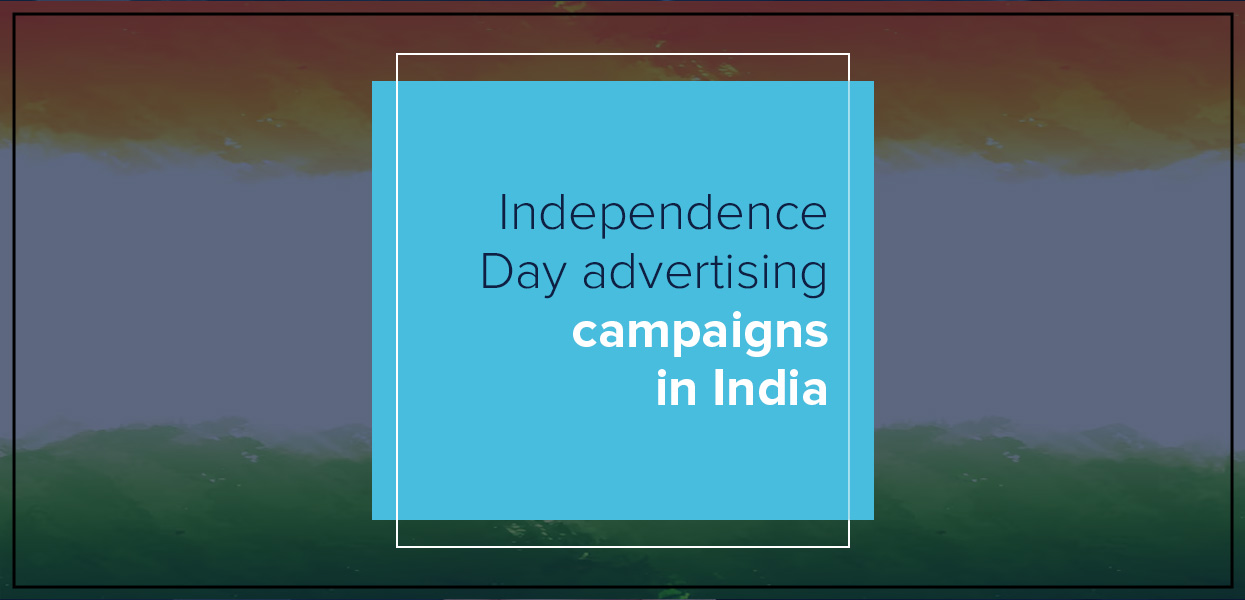How to create a Google Ads campaign

To create a Google Ads campaign, start by defining your goals and selecting a campaign type based on those goals, such as Sales, Leads, or Website traffic. Then, specify your target audience, choose a budget and bidding strategy, create engaging ads, and set up landing pages.
But that’s just the surface. Behind every successful ad lies a well-structured strategy—and that’s where many beginners feel stuck.
If you’re wondering how to create a Google Ads campaign that performs, you’re in the right place. This guide walks you through every key step in a clear and actionable way, so you can launch your first campaign with confidence.
We’ll cover everything—from how Google Ads works to how to run a Google Ads campaign effectively. You’ll also understand what goes into cost per click (CPC), and how to use Google Ads competitor analysis to stay one step ahead in your industry.
Whether you're looking for leads, sales, or traffic, this Google Ads step-by-step guide will help you build a campaign that meets your goals and maximizes your budget.
Let’s dive into how it all works and what it really takes to succeed with Google Ads.
How Does a Google Ads Campaign Work?
Before diving into setup, it’s essential to understand how a Google Ads campaign works, because strategy begins with structure.
At its core, Google Ads operates on a pay-per-click (PPC) model, meaning you pay only when someone clicks on your ad. When a user enters a search query, Google runs a quick auction between all advertisers bidding on similar keywords. The system then decides which ads to show based on factors like bid amount, ad relevance, landing page experience, and expected impact (click-through rate and conversions).
Each campaign is built around three key components:
Campaign – The overarching goal (Sales, Leads, Traffic, etc.)
Ad Groups – Themes or categories within your campaign, each containing tightly grouped keywords
Ads – The actual content users will see, including headlines, descriptions, URLs, and extensions
Google also factors in something called Quality Score, which measures the relevance of your ads and keywords to the user’s search. A high Quality Score can lower your cost per click (CPC) and improve your ad position.
Google Ads campaigns can appear on the Search Network (text ads on search engine results pages), Display Network (banner ads on partner websites), YouTube, Gmail, or even in mobile apps—depending on your campaign type.
Understanding this foundation helps you run smarter, more strategic campaigns tailored to your goals.
How to Run a Google Ads Campaign
Running a Google Ads campaign successfully requires more than just filling out a few fields—it’s about strategy, targeting, and consistent optimization. Here’s a step-by-step walkthrough to help you get started and ensure your ads are primed for results.
1. Set Your Objective
Google Ads begins by asking you to choose a campaign goal:
Sales – Drive purchases online or in-store
Leads – Capture interest through sign-ups or inquiries
Website Traffic – Bring users to specific landing pages
Your goal determines the campaign type, bidding strategy, and ad formats you'll use.
2. Choose Your Campaign Type
Google offers several campaign types:
Search Campaigns – Text ads on search results
Display Campaigns – Banner ads on partner sites
Video Campaigns – YouTube video ads
Shopping Campaigns – Product listings for e-commerce
Performance Max – Google’s AI-driven, all-in-one campaign type
For beginners, a Search Campaign is a good place to start, as it aligns well with user intent.
3. Define Your Target Audience
Reaching the right people is key to a successful Google Ads campaign. Here’s how to set your audience:
Location – Choose where your ads appear: by country, city, region, or even within a specific radius.
Language – Select the language your audience speaks to ensure your message connects.
Demographics – Filter by age, gender, household income, or parental status to narrow down your ideal customers.
Audience Types – Target based on online behavior:
The more specific and relevant your targeting, the higher your chances of conversions, and the lower your cost per click (CPC).
4. Select Your Budget and Bidding Strategy
You’ll then decide:
Daily budget – What you're willing to spend each day
Bidding strategy – Choose between manual CPC, automated bidding (maximize clicks, conversions), or target CPA/ROAS
If you're new, start small and monitor performance before scaling. Google's smart bidding options are ideal for beginners unsure of what to set manually.
5. Conduct Keyword Research
Use the Google Keyword Planner to find relevant keywords with good search volume and manageable competition. Focus on:
High-intent keywords (e.g., “buy running shoes online”)
Branded vs. non-branded terms
Long-tail keywords to lower CPC and increase ad relevance
Your Google Ads keywords strategy should balance reach with specificity.
6. Create Your Ads
Now it’s time to write the actual ads:
Headlines (up to 15 variations)
Descriptions (up to 4 variations)
Final URL (landing page)
Display Path, Callouts, and Extensions like sitelinks, call buttons, or location pins
Make your ads engaging, relevant, and aligned with the keywords you're targeting. Use action-oriented language and highlight USPs (e.g., Free Shipping, 24/7 Support).
7. Link to a High-Converting Landing Page
Your landing page should match the message in your ad, load quickly, and include a clear CTA. Google evaluates landing page experience, and it impacts both Quality Score and CPC.
8. Launch, Monitor & Optimize
Once live, your work isn’t done. Use the Google Ads dashboard to:
Track impressions, clicks, and conversions
Adjust bids, pause underperforming keywords
Test new ad variations (A/B testing)
Refine audience targeting
Optimization is ongoing. Even minor tweaks—like a new call-to-action or headline—can significantly improve your performance.
By following these steps, you're not just launching an ad—you’re building a data-driven Google Ads campaign with long-term potential. And the more you test and analyze, the more refined and cost-effective your ads will become.
How Much Does Google Ads Cost Per Click?
One of the most common questions for beginners is, how much do Google Ads cost per click? The short answer is, it depends.
Google Ads uses an auction-based model, and your cost per click (CPC) is influenced by several key factors:
1. Industry and Competition
Some industries are more competitive than others. For example:
Legal, insurance, and finance keywords often cost ?100–?400+ per click.
E-commerce, fashion, or local services may range from ?10 to ?80 per click.
The higher the competition, the more advertisers are willing to bid, which increases the average CPC.
2. Quality Score
Google rewards relevant ads. If your ad, keyword, and landing page are tightly aligned, your Quality Score goes up, which lowers your CPC. A low-quality score, on the other hand, means you’ll pay more to appear in the same spot.
3. Ad Rank and Bidding
Your Ad Rank is determined by:
Your maximum bid
Your Quality Score
Expected impact of ad formats and extensions
Even if you don’t have the highest bid, a better Ad Rank can still place you above competitors, and at a lower cost.
4. Keyword Match Types
The match type you choose (Broad, Phrase, or Exact) also affects CPC:
Broad Match may bring in more traffic, but often at a higher cost
Exact Match is more precise, often resulting in lower CPC and higher conversion rates
Choosing the right keyword match strategy can stretch your budget further.
5. Geographic and Device Targeting
Costs vary by region and device. For example, mobile ads may have different CPCs than desktop ads, and targeting Tier 1 cities like Mumbai or Delhi may cost more than Tier 2 or 3 locations.
So, What’s the Average CPC?
In India, the average CPC across industries typically falls between ?10–?80, depending on your targeting, quality, and strategy. But the real goal isn’t just low CPC—it’s high return on ad spend (ROAS).
Focus on optimizing for conversions, not just clicks, and you’ll get better results even with a moderate budget.
How to Do Google Ads Competitor Analysis
Understanding your competitors is crucial to building smarter campaigns. A well-executed Google Ads competitor analysis helps you uncover what’s working in your industry, identify keyword gaps, and refine your ad strategy to outperform others.
Here’s how to do it effectively:
1. Identify Your Top Competitors
Start by searching your primary keywords on Google and noting which brands consistently appear in top positions. These are your direct PPC competitors—not necessarily just your market rivals, but those bidding on the same terms.
Use tools like:
Google Search (manual checking)
Google Ads Auction Insights (within your campaign)
SEMrush, SpyFu, or Ahrefs to get a broader picture
2. Analyze Their Ads
Look at:
Ad headlines and descriptions – What offers or benefits do they highlight?
Ad extensions – Do they use callouts, sitelinks, location tags, or pricing info?
Display URLs – What landing pages are they sending users to?
Ask yourself: what’s compelling in their messaging, and what can you improve upon?
3. Examine Their Landing Pages
Your ad might win the click, but it’s the landing page that wins the conversion. Visit competitor landing pages and review:
Layout and clarity
Call-to-action (CTA)
Offer strength (discounts, free trials, guarantees)
Look for gaps you can fill—better UX, faster load times, or stronger copy.
4. Study Their Keywords
Use Keyword Gap Analysis tools in SEMrush or Ahrefs to compare your keyword set with theirs:
Which keywords are they ranking or bidding on that you’re not?
Are there long-tail keywords you’ve missed?
What’s their estimated CPC and traffic potential?
Focusing on low-competition, high-intent keywords that your competitors aren’t targeting can be a strong growth strategy.
5. Monitor Auction Insights
Within your own Google Ads account, use the Auction Insights report to see:
Impression share (how often your ad shows vs theirs)
Overlap rate
Top-of-page rate
Outranking share
This data helps you understand how aggressive your competitors are and whether you need to adjust your bidding or improve ad quality to compete.
6. Track Ad Copy Trends
Regularly monitor how your competitors evolve their messaging. Are they running seasonal promotions? Launching new product lines? This gives clues into what’s working for them—and what your next move should be.
By consistently doing competitive research in Google Ads, you’ll avoid running campaigns in the dark. Instead, you’ll stay ahead with informed choices that drive better performance and higher returns.
Conclusion
Running a successful Google Ads campaign isn’t about throwing money at keywords—it’s about thoughtful planning, smart targeting, and continuous optimization. Whether you're a business consultant setting up campaigns for clients or a marketing expert refining your brand’s reach, every step matters. From defining your business goals and choosing the right campaign type to researching keywords and analyzing competitors, each element plays a vital role in your campaign’s performance.
While the cost per click may vary depending on your industry, location, and competition, you can control your budget by focusing on quality score, ad relevance, and landing page experience. Leveraging tools like Keyword Planner, Auction Insights, and third-party platforms can give you an edge through data-driven decisions.
Don’t forget, your Google Ads competitor analysis isn’t a one-time task. Regularly reviewing what your competitors are doing can help you stay ahead, discover untapped opportunities, and sharpen your ad messaging.
Whether you're new to PPC or refining your existing strategy, mastering the basics of how Google Ads works sets the foundation for long-term success. Keep testing, analyzing, and improving—because in digital advertising, optimization is never really done.
Insights by Uniworld Studios — we help businesses run better Google Ads with simple, smart ideas.
FAQs
1. How do I create a Google Ads campaign?
Start by setting your goal, choosing a campaign type, selecting keywords, setting a budget, and creating your ads.
2. Is the Google Ads campaign free?
No, Google Ads is not free—you pay when someone clicks your ad (PPC model).
3. How to start Google Ads for beginners?
Sign up on Google Ads, set your goal, pick a campaign type, and create your ad with a set budget.
4. How to create a Google Ads campaign step by step?
Choose your goal, select campaign type, define audience, pick keywords, set budget, write ad copy, and launch.
5. How to create an ad campaign?
Decide your objective, choose where to show ads, set a budget, create the ad, and publish it.
Categories
- Digital Marketing
- Website Development
- Graphic Design
- Content Writing
Latest Posts
-
- Essential Marketing & Advertising Keywords 2025



